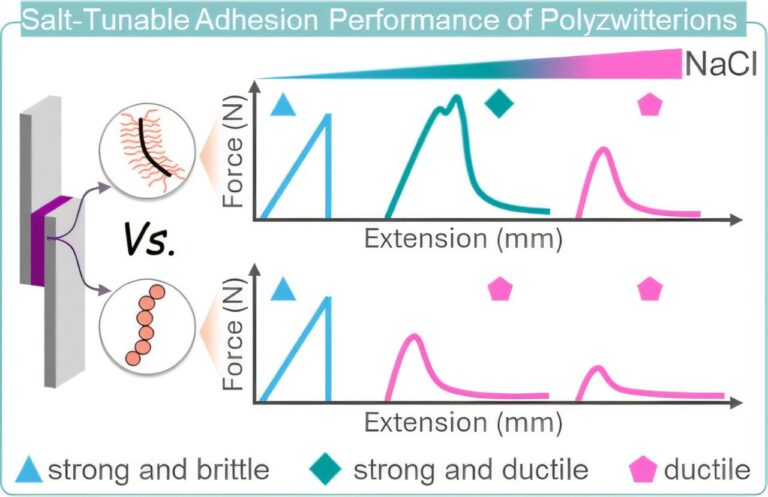

What drives youth to run away from foster care placements? In a new study conducted by University of Kansas researchers, youth reported running away to have a say in their own lives, to connect with family and to escape untenable placement environments. And sometimes, they ran simply out of anger or impulse. Most striking among these messages from the study, KU researchers said, was the need for family connection, belonging and normalcy.
The U.S. Department of Health and Human Services Office of Inspector General issued a report in 2022 that more than 7% of Kansas foster children went missing during a 30-month period, placing it as one of the highest such rates in the nation. TFI Family Services Inc., one of the state’s contracted case management providers for youth in foster care, partnered with School of Social Welfare researchers at KU to better support children in their care. The goal was to identify and mitigate the factors that contribute to youth decisions to run away from care and better protect young peoples’ safety and well-being.
Through a mixed-methods study that included interviews with 20 youth ages 12–17 in Kansas foster care who both had and had not fled their foster placements, the research team identified five key findings.
“These findings from youth highlighted the significance of family and kin connections while in foster care and the critical importance of maintaining those connections, even if they are not placed with their family,” said Kaela Byers, research faculty at KU’s School of Social Welfare and principal investigator. “Youth should have a voice in determining what family is, and the system should work to ensure that stays intact safely.”
The study revealed five themes:
- Historical family bonds or attachments can serve as an important protective function related to youth placement stability.
- Fear and/or lack of control of their own circumstances perpetuated by the system and/or placement constraints increased risk of runaway decisions.
- Supportive placements, extending beyond basic needs, and promoting belonging and a sense of normalcy mitigated risk factors related to runaway decisions.
- Family bonds and their role in meeting youth needs influenced decisions to run away or return.
- System shortcomings (such as worker turnover, bias, resource scarcity) fail to protect against risk of decisions to run away.
The study also identified groups of youth with varying levels of risk and protection related to running from care. Those most at risk had experienced a high number of placements, more hospitalizations and were often removed from their parents’ homes due to neglect. Youth with higher levels of runaway risk also had more trauma experiences than their peers, more often had behavioral issues and were more likely to be male. Those at lower risk were more likely to have access to family, siblings and kin and felt they had a voice in the decisions made about their care.
“One of our main questions was, “Are there different groups in this population that experience different outcomes, and can those differences tell us something about how to better support youth in the future?'” said graduate research assistant Jessica Wesley. “We found there are. Some of the things that were most protective were placements with siblings.”
Youth who go missing are at risk for exploitation, trafficking, negative health outcomes, arrest and many other potential problems.
“For the same reasons we would not want our own children to run away and to protect the most vulnerable people in our society, we want to prevent this from happening,” said Jared Barton, research faculty in KU’s social welfare school and co-principal investigator.
“It is also important to understand that runaway events are likely a red flag for other underlying issues,” said Becci Akin, associate professor of social welfare and co-principal investigator. “In addition to immediate safety and stability issues, our prior research has shown that youth who run away are also less likely to exit foster care to a permanent home. These young people may be vulnerable to other poor outcomes and deserve more attention and resources to support them in staying connected to family and kin.”
In 2021, the Kansas Department for Children and Families announced its intentions to become a “Kin-First State,” which strives to keep youth placed with their families and kin whenever possible, and if a child is placed in foster care, to keep people they are close to accessible to them. However, that is often not the reality as youth are unable to see close relatives because of geographical distance, legal issues, workforce limitations and a host of other reasons. For those reasons, youth said they ran from foster care.
The study included recommendations for practice and policy for action by the agency, and for the larger child welfare system, to address issues that youth presented. Among the recommendations:
- Improving family visitation and maintaining youth connections with self-identified family and nonrelative kin
- Supporting service approaches for youth that honor and amplify their voices, choices and family connections
- Improving the quality of placements and individualization of services.
Next, the team will reconvene the youth who took part in the study to confirm if the results and recommendations accurately represent their experiences.
“One of the key findings from the interviews was the lack of youth voice in placement decisions. As such, we want to honor and lift youth voice in the research to ensure their experiences are accurately reflected and understood to better inform policy and practice changes,” said Whitney Grube, associate researcher in the social welfare school.
The findings also will be translated into action to support youth in foster care.
“TFI is invested in reducing the incidents of missing youth in foster care,” said Rachelle Roosevelt, senior vice president for permanency services. “We are using the recommendations and results from this research to make changes to our practice to build protective factors and address risks factors for our youth.”
For example, TFI began implementing Placement Stability Team Decision Making in January 2022 to hear from both youth and their families in making placement decisions.
“TFI has seen some positive progress in reducing frequency of missing youth and recently had 45 consecutive days in Area 8 where no children were missing from placement for 24 hours or more,” Roosevelt said.
Having a say in their own care, ties to family and the importance of belonging are key takeaways, KU researchers said.
“When those conditions were available to youth, they shared with us the growing sense of self-actualization and well-being that you expect and want for a young person,” Byers said. “It’s not enough to just feed and clothe these youth. They need a home and a family.”
Risk of homelessness or incarceration among foster youth varies by type of disability
University of Kansas
Citation:
Study explores predictive factors of youths who run from foster care (2022, August 3)
retrieved 3 August 2022
from https://phys.org/news/2022-08-explores-factors-youths-foster.html
This document is subject to copyright. Apart from any fair dealing for the purpose of private study or research, no
part may be reproduced without the written permission. The content is provided for information purposes only.





